Click on the “Technical Training” above to select “Pin to Top”Over 130,000 industrial control professionalsfollow this WeChat platform: Technical sharing, learning exchange, industrial control videos
Source: Content from Dongfang Simulation
Sensors are devices or instruments that can sense specific measured quantities and convert them into usable output signals according to certain rules. Typically, the measured quantities are non-electrical physical quantities, and the output signals are generally electrical. The world today is facing a new technological revolution, the foundation of which is information technology, and sensor technology is considered one of the three pillars of information technology. Some developed countries regard sensor technology as being on par with communication technology and computer technology.
With the development of modern science, sensor technology, as an emerging discipline closely related to modern science, has also developed rapidly. It is increasingly utilized in industrial automation measurement and detection technology, aerospace technology military engineering, medical diagnostics, and other fields, while also promoting the development of various disciplines.
In general, the characteristics of sensors include: miniaturization, digitization, intelligence, multifunctionality, systematization, and networking. They are the primary link in achieving automatic detection and automatic control. The existence and development of sensors have endowed objects with tactile, taste, and olfactory senses, making them gradually come to life.
Typically, sensors are classified into ten categories based on their basic sensing functions: thermal sensitive elements, light sensitive elements, gas sensitive elements, force sensitive elements, magnetic sensitive elements, humidity sensitive elements, sound sensitive elements, radiation sensitive elements, color sensitive elements, and taste sensitive elements.
Sensor Animation
Fabric Tension Measurement and Control Principle
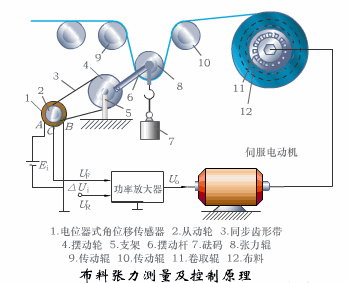
Linear Potentiometer Control of Cylinder Piston Stroke
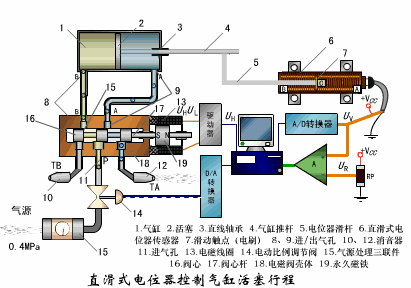
Resistive Sensor Measuring Liquid Level Working Principle
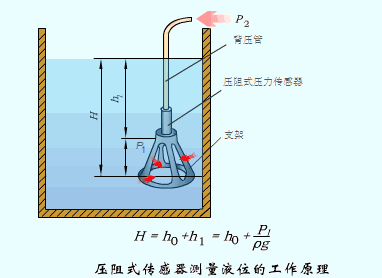
Bubbler Level Gauge Working Principle
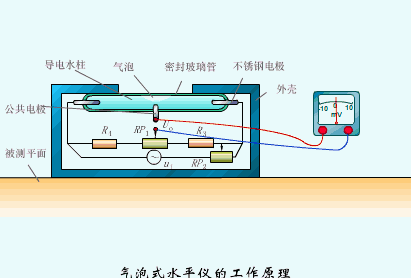
Silicon Pressure Sensor
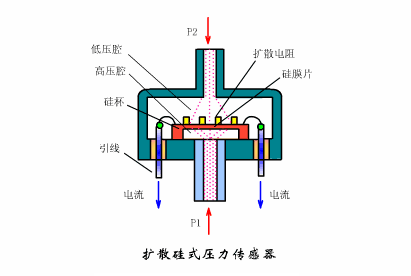
Weighing Level Meter
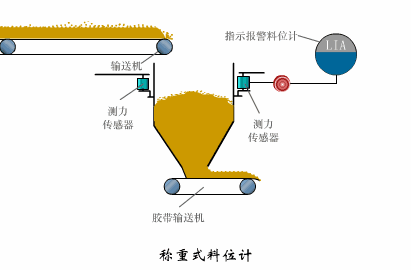
Electronic Crane Scale
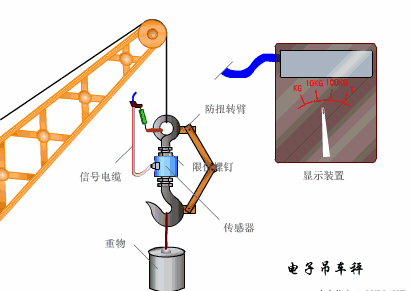
Load Cell Principle for Weighing Scale
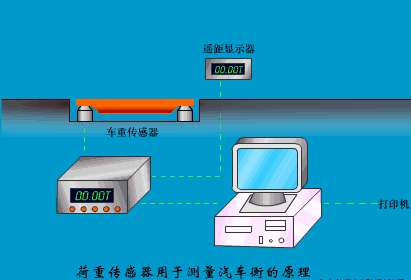
Application of Load Cells
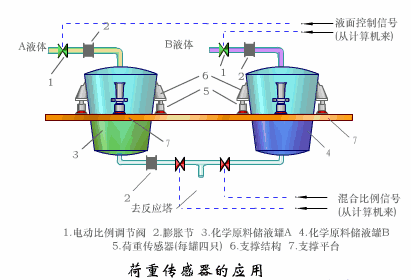
Potentiometer Type Sensor
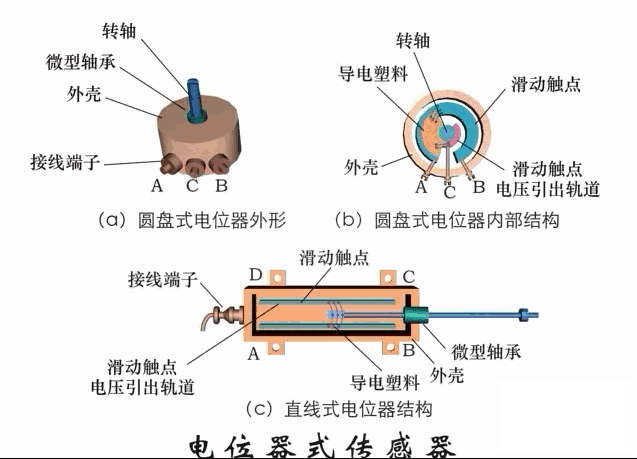
Porous Aluminum Humidity Capacitor Principle
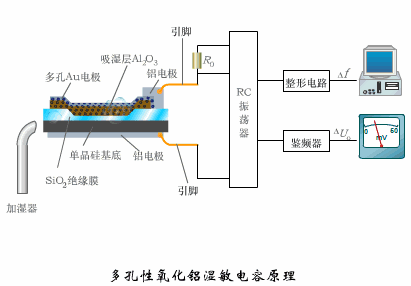
Basic Capacitive Sensor and Differential Capacitive Sensor Working Principles
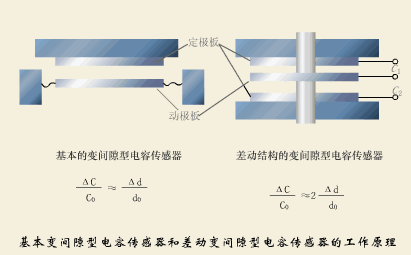
Variable Area Capacitive Sensor Working Principle
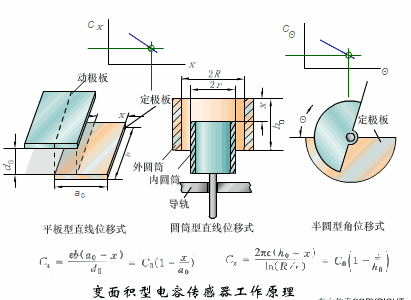
Principle of Object Position Detection Using Proximity Switch
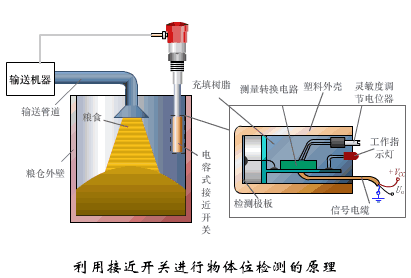
Capacitive Pressure Sensor
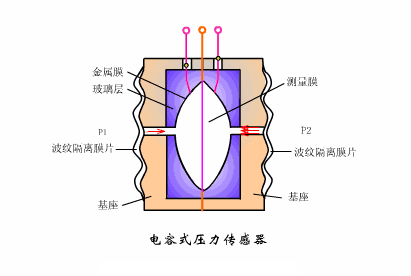
Differential Pressure Level Meter a
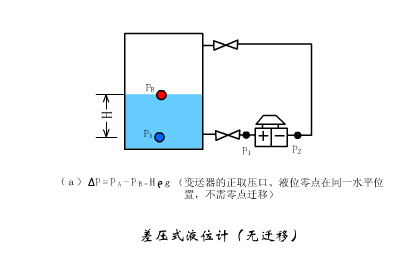
Differential Pressure Level Meter b
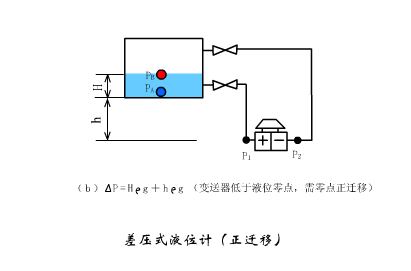
Differential Pressure Level Meter c
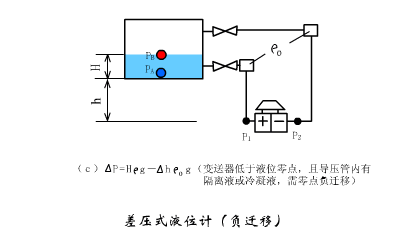
Capacitance Thickness Gauge
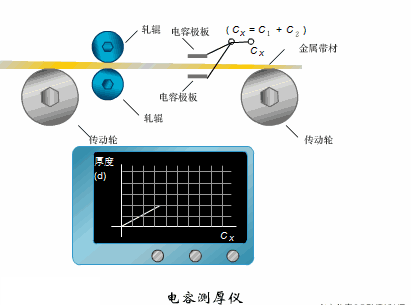
Capacitive Accelerometer
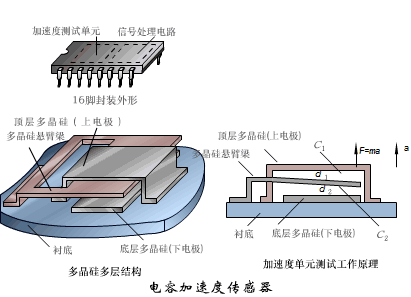
Frequency Difference Method for Flow Measurement Principle
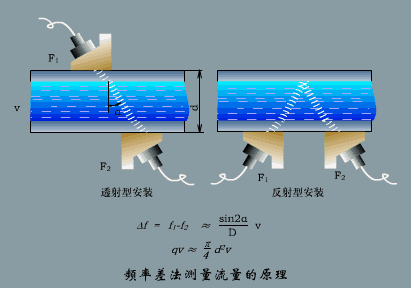
Air-Conducting Ultrasonic Emitter and Receiver Structure
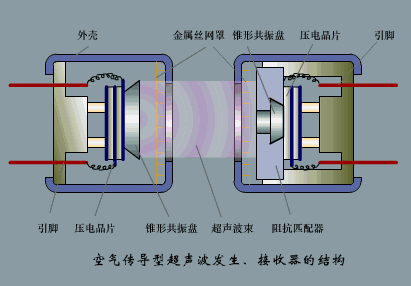
Two Types of Ultrasonic Applications
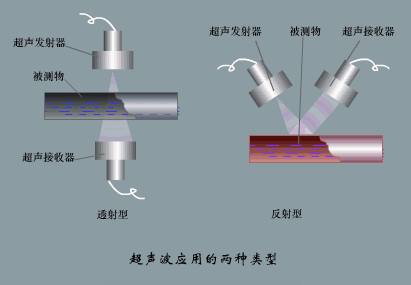
Structure of Ultrasonic Probe
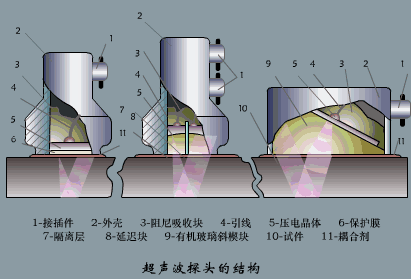
Principle of Ultrasonic Flow Meter
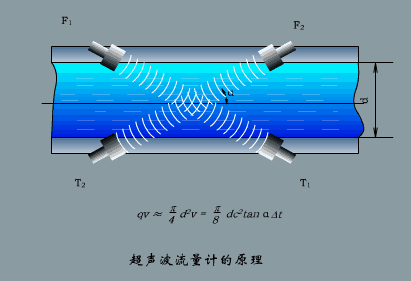
Ultrasonic Density Measurement Principle
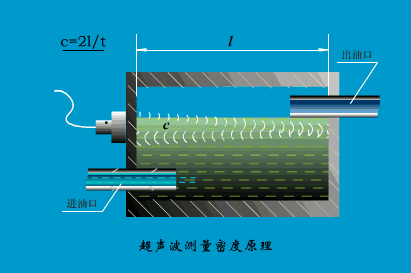
Ultrasonic Level Measurement Principle
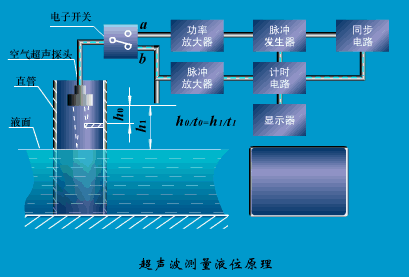
Ultrasonic Anti-Theft Alarm
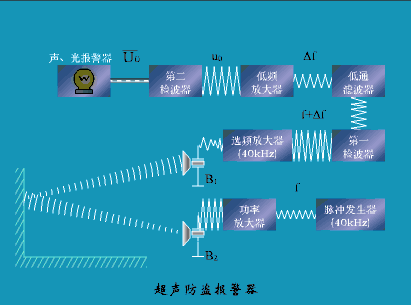
Longitudinal Wave Testing
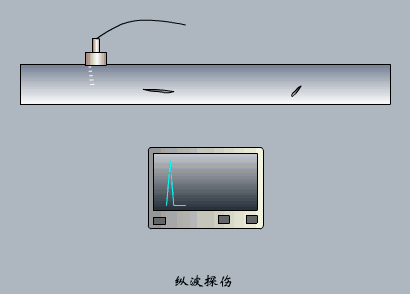
Transverse Wave Testing
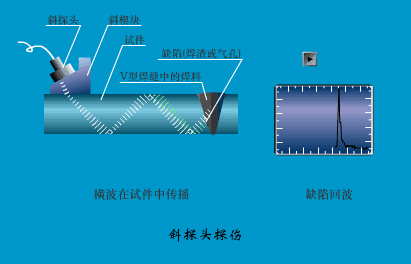
Learn About Sensors Together
ClickRead the Original Text to learn about electrical engineering, PLC, variable frequency servo, CNC robots, and more